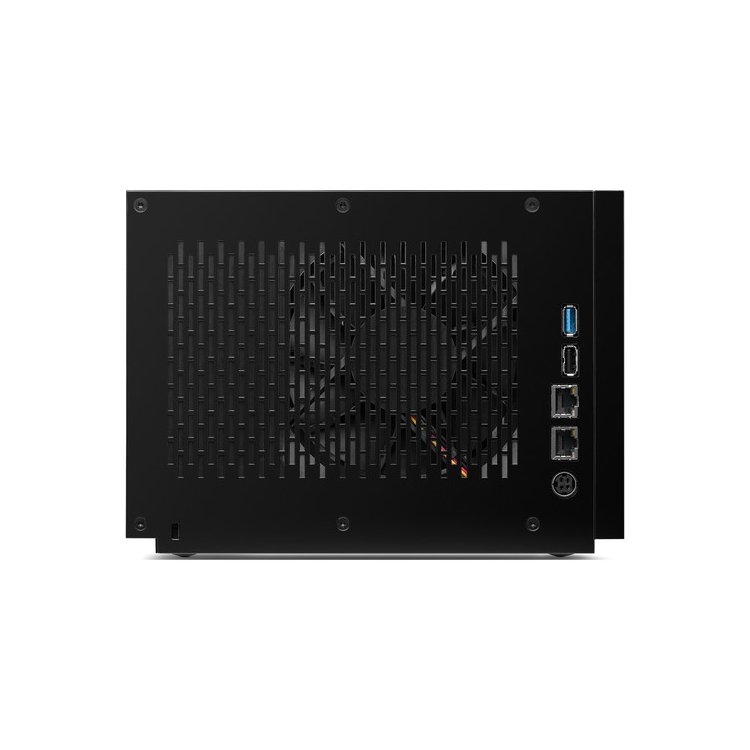Create a disk set using Disk Utility on Mac. You can create a Redundant Array of Independent Disks (RAID) set to optimize storage performance and increase reliability in case of a disk failure. You can also create a set that concatenates smaller disks to act as one larger disk. List of all WD firmware and software available for download.

RAID Reconstructor:
- RAID, which stands for Redundant Array of Inexpensive Disks, isn’t really a backup solution. In fact, RAID can be described perfectly by its name: it’s redundant. I'd recommend you format the disk as Mac OS Extended (Journaled) for best performance on OS X. This will guarantee it works well with your Mac.
- RAID Recovery for Mac. Safely recover data accidentally lost from RAID Array on Mac OS X. Reconstruct lost RAIDs and reconstruct a broken RAID. Recover both hardware and software RAID. Recover data from a broken RAID 5 or RAID 0 Array on Mac. Compatible with the new macOS High Sierra 10.13.
This is especially useful when the controller has stopped working, but the drives are still working. You simply attach the drives to a system and reconstruct the RAID systems and recover data!
Specifications & Features
Screenshots
FAQs
Quick Start
Product Datasheet
If you’ve purchased a Mac mini Server you’ll realize that the default configuration is two 500GB hard drives. If you do not need more than 500GB of storage you can use that second drive to add redundancy. By mirroring the two drives together you have the ability withstand a drive failure and not lose any data. However, it does not replace a standard backup policy! You mirror the drives by setting up a software RAID. RAID stands for Redundant Array of Independent Disks, and there are many levels of RAID configuration. The one we are focusing on is RAID 1 or “mirroring”. Heres how to easily make the change over to RAID 1:
Raid 5 Mac Os X
First things first. We have no DVD drive in a Mac mini Server. You can easily remedy this by using a USB DVD drive (hold down “C” while turning your mini on). The other option is to use another computer’s DVD drive. To do that, follow the steps in the Apple Knowledge Base Article link below. We want to boot off the OS X Server disk that was included with the mini.
[appleKB]HT2129[/appleKB]
Once we’ve booted the OS X Server disk and selected your language, you’ll want to use the Disk Utility program under the Utilities menu. Use the RAID tab and drag both drives over to create a new mirrored set. Warning, you will lose any data on these drives.* Create a standard Mac OS Extended Journaled volume. Apply your changes and exit the Disk Utility. Continue installing OS X to the destination drive (RAID Volume) you just created. See the following Apple Knowledge Base Article for details more details.
[appleKB]HT2559[/appleKB]
*Update: If you are brave and your data is backed up (we always recommend you have a good backup policy) – you can try to use the Terminal after booting off the OS X disk instead of the Disk Utility to build the array without destroying data:
You can then reboot and add the second drive to the RAID and kick off the rebuild.
Raid 0 Mac Os X
You can open Disk Utility and click into the RAID volume and use the rebuild button under the RAID tab to kick off the rebuild process. You can check up on the status of the rebuild by re-running the checkRAID command:
